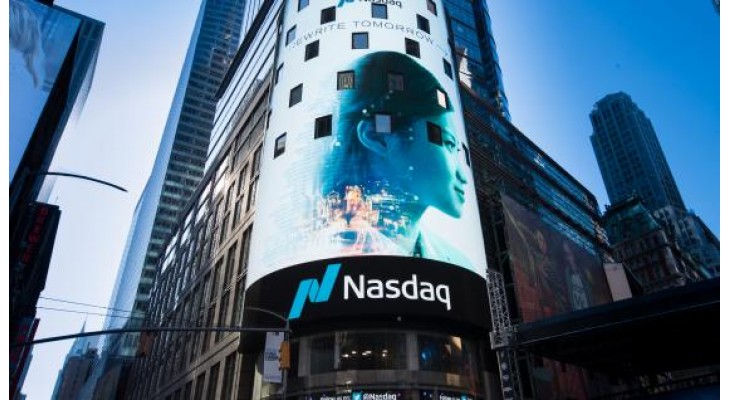NASDAQ, its full English name is "National Association of Securities Dealers Automated Quotation". Founded and managed by the National Association of Securities Dealers (NASD). It is the world's first electronic trading market established in Washington in 1971.
Nasdaq is not actually a second-board market in the usual sense. Due to the absorption of many famous high-tech enterprises, and these high-tech enterprises have grown rapidly, Nasdaq gives people the impression of supporting entrepreneurial enterprises.
The original intention of establishing Nasdaq is to regulate large-scale over-the-counter transactions in the United States, so Nasdaq has always been used as an auxiliary and supplement to the New York Stock Exchange (NYSE). Advanced and huge electronic information technology has made Nasdaq the world's largest invisible trading market.
Nasdaq has two sections: the National Market (Nasdaq National Market, referred to as NNM) and the small capital market established in 1992 (Nasdaq Small Cap Market, referred to as NSCM).
At the beginning of its establishment, Nasdaq aimed at small and medium-sized enterprises, but only because the scale of enterprises has become larger and larger with the changes of the times, so today, Nasdaq has divided itself into a "main board market". And a piece of "SME market".
Nasdaq has its own system of market makers, which are independent stock dealers who undertake the buying and selling of a stock for investors. This institutional arrangement is particularly important for stocks with lower market capitalizations and fewer trades. These market makers are NASD members, which is consistent with the way TSE sponsors are formed. For every stock listed on Nasdaq, at least two or more market makers should quote its stock price. For some large-scale and actively traded stocks, there are often 40-45 market makers. These market makers include the world's top investment banks such as Merrill Lynch, Goldman Sachs, and Salomon Brothers. NASDAQ is now more and more trying to make the stocks of listed companies trade at the best price through this market maker system, while protecting the interests of investors.
Nasdaq also has strong strength in market technology. It adopts efficient "Electronic Trading System" (ECNs) and has installed 500,000 computer terminals all over the world. Brokers deliver comprehensive quotes and the latest trading information for more than 5,000 securities. Due to the computerized trading system, Nasdaq has low management and operation costs and high efficiency, which increases the openness, liquidity and effectiveness of the market. In contrast, the requirements for listing on Nasdaq are the most stringent and complex, and because of its high liquidity, the preparations required for listing on this market are also the most onerous.



发表回复